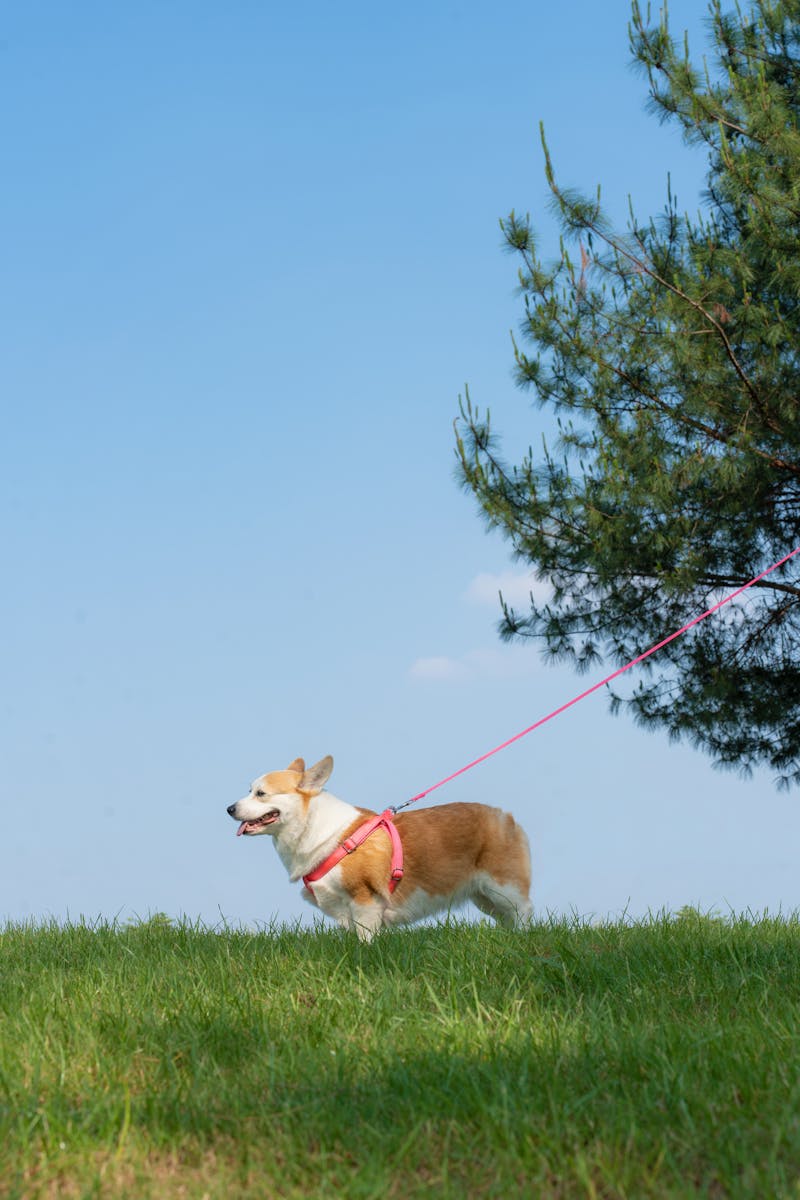Your dog's safety isn't something to compromise on. While we often check our dog's food, toys, and health, the harness that keeps them secure during walks can sometimes be overlooked. A failing harness isn't just an inconvenience – it could put your beloved pet at risk during a sudden movement or in high-traffic areas. As advocates for pet safety, we've created this essential guide to help you recognize when your dog's harness needs replacement, before it becomes a safety concern. These 10 crucial signs could make the difference between a secure walk and a dangerous situation for your four-legged family member.
2. 10 Tell-Tale Signs Your Dog Needs a New Harness
Visible Wear and Tear The most obvious sign is fraying straps or damaged stitching. Even minor wear can compromise your dog's safety, especially during sudden movements or pulls.
Loose or Stretched Material When harness materials lose their original shape and firmness, they can't provide proper support. This is particularly important for active dogs in our customer base.
Buckle or Clip Damage Any signs of cracking, rust, or difficulty in fastening indicate it's time for replacement. Our premium brands like Pet Life offer durable hardware designed for longevity.
Your Dog Has Grown Puppies and young dogs need harness adjustments as they grow. If you're constantly adjusting to the maximum size, it's time to upgrade.
Chewing Damage Even minor chew marks can weaken the harness structure. Our selection includes chew-resistant materials for persistent chewers.
Fading or Discoloration While primarily aesthetic, significant fading can indicate material degradation, especially in outdoor-use harnesses.
Uncomfortable Fit If your dog shows signs of discomfort or chafing, their current harness might not be the right fit anymore.
Odor That Won't Go Away Persistent odors can indicate bacterial growth. Our washable harnesses from premium brands maintain freshness longer.
Changed Activity Levels As dogs transition from puppyhood to adulthood, or become more active, their harness needs change too.
Age of the Harness Even with proper care, harnesses should be replaced every 1-2 years for optimal safety.

